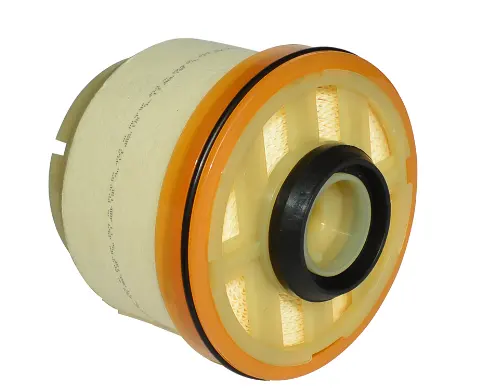Des . 25, 2024 05:28 Back to list
Air Filtration System Featuring Integrated Pressure Regulator for Enhanced Performance and Efficiency
Understanding Air Filters with Regulators Importance and Benefits
In the realm of pneumatic and hydraulic systems, the efficient management of air quality and pressure is pivotal. Among the various components that contribute to this management, air filters with regulators stand out as essential tools. This article delves into the significance, functionality, and benefits of using air filters equipped with regulators in various applications.
What Is an Air Filter with Regulator?
An air filter with a regulator is a dual-function device designed to purify compressed air while simultaneously controlling its pressure. The filter component removes contaminants such as dust, moisture, and oil, ensuring that the air supplied to downstream equipment is clean and suitable for operation. The regulator, on the other hand, adjusts and maintains the desired pressure levels, ensuring that the air tools and machinery operate efficiently and safely.
Why Is Air Quality Important?
In many industrial processes, the quality of compressed air is critical. Contaminated air can lead to several issues, including reduced equipment lifespan, increased maintenance costs, and compromised product quality. For instance, moisture in the air can cause corrosion in pneumatic tools, while dust can lead to blockages and malfunctioning of sensitive equipment. Therefore, integrating an air filter in your system is vital to ensure clean air, enhancing the reliability and efficiency of your operations.
The Role of Regulators
Regulators play a crucial role in managing air pressure within a system. Maintaining optimal pressure is essential for the proper functioning of pneumatic devices. If the pressure is too high, it can cause equipment damage, while insufficient pressure can lead to poor performance and inefficiencies. Regulators help in achieving a stable output pressure, which can significantly enhance the accuracy and reliability of pneumatic systems.
Applications of Air Filters with Regulators
air filter with regulator

Air filters with regulators are versatile and find applications across various sectors. In manufacturing, these devices are used to ensure that pneumatic tools operate within specified pressure limits while using clean air. In the automotive industry, they help maintain proper air pressure in paint spraying systems, which require specific conditions to ensure a smooth finish. Additionally, in pharmaceutical and food processing industries, clean and regulated air is essential for maintaining hygiene and product quality.
Benefits of Using Air Filters with Regulators
1. Enhanced Equipment Longevity By preventing contaminants from entering pneumatic systems, air filters with regulators reduce wear and tear on machinery. This leads to lower maintenance costs and extends the lifespan of equipment.
2. Improved Performance Consistent and regulated air pressure enables pneumatic tools to operate at their optimal efficiency. This results in better productivity and quality of work.
3. Cost-Effectiveness The initial investment in air filters and regulators can lead to significant cost savings in the long run. Reduced maintenance and repair costs, along with increased equipment efficiency, provide a strong return on investment.
4. Safety Standards Compliance Many industries are governed by strict safety regulations that necessitate the use of clean air in operations. Air filters with regulators help facilities comply with these regulations, avoiding potential fines and enhancing workplace safety.
5. Environmental Benefits Clean and regulated air systems can contribute to a greener operation by minimizing waste and reducing the overall energy consumption of pneumatic tools.
Conclusion
The integration of air filters with regulators is not merely a functional enhancement but a strategic decision that can significantly impact the efficiency, safety, and quality of industrial processes. As industries continue to evolve and demand higher standards, embracing such technologies will be essential. Organizations seeking to improve their pneumatic systems should consider investing in high-quality air filters with regulators, ensuring not only operational effectiveness but also a commitment to quality and safety. By prioritizing air quality and pressure regulation, industries can position themselves for success in an increasingly competitive landscape.
-
Reliable China Fuel Filter Supplier | High-Efficiency Models
NewsAug.01,2025
-
Car Air Filter 17801-31090 17801-0P010 OEM Quality | QINGHE COUNTY ANNAITE AUTO PARTS CO.,LTD
NewsAug.01,2025
-
High-Quality Car Air Filter Manufacturer 17801-31090/17801-0P010|OEM/ODM Services
NewsAug.01,2025
-
Car Air Filter Manufacturer 17801-31090 17801-0P010 OEM quality
NewsJul.31,2025
-
Premium Antiskid Tires for Safety & Grip
NewsJul.31,2025
-
High-Quality Car Air Filter Manufacturer - 17801-31090 & 17801-0P010|OEM Quality&Customization
NewsJul.30,2025


